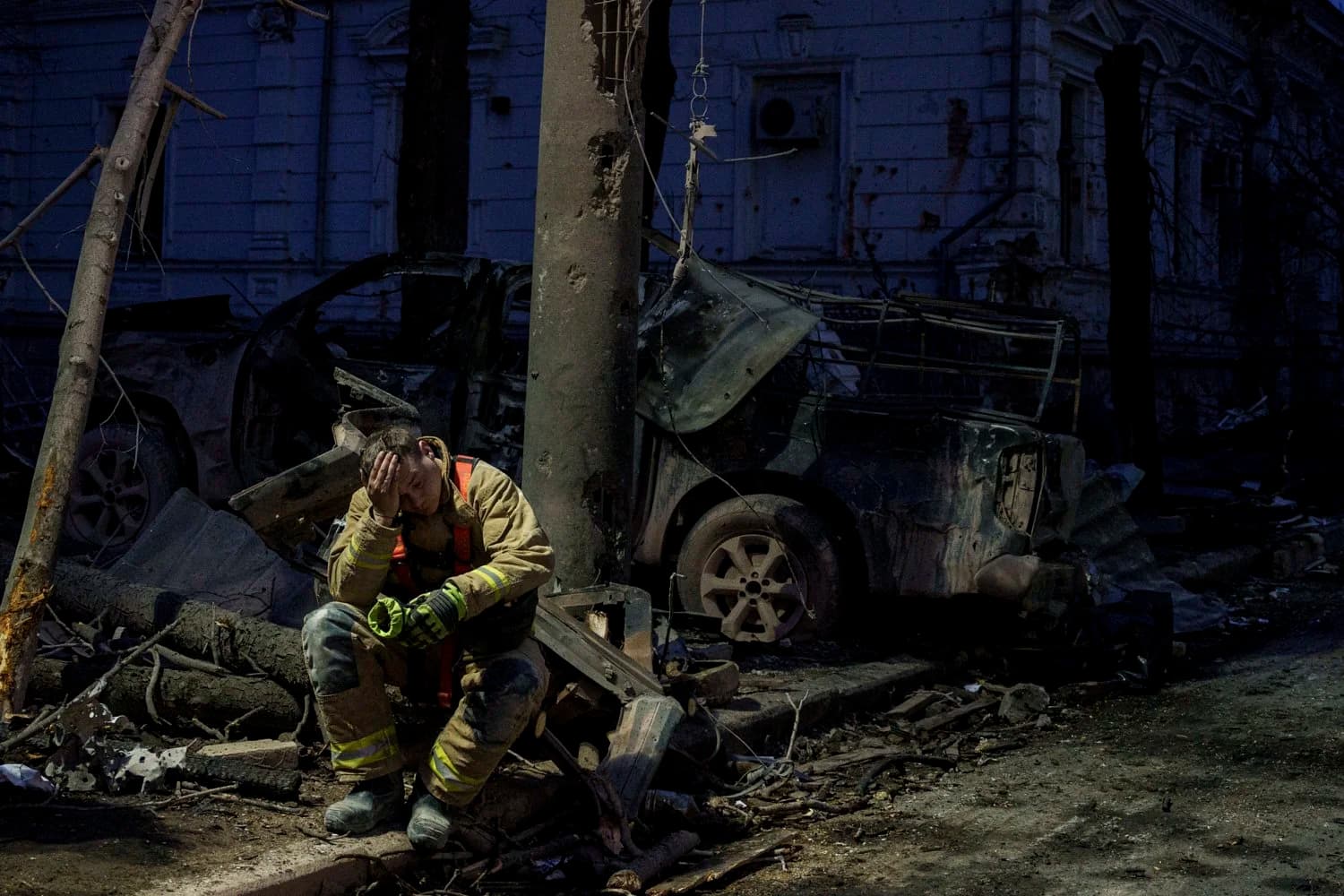AP Photo Editors Select Global Images Capturing Today's Crucial Moments
A curated AP gallery highlights powerful images from conflict zones, political scenes, climate disasters and everyday life across continents, offering a visual digest of events shaping international affairs. These photographs do more than inform: they humanize complex crises and can sway public opinion and policymaking worldwide.
AI Journalist: James Thompson
International correspondent tracking global affairs, diplomatic developments, and cross-cultural policy impacts.
View Journalist's Editorial Perspective
"You are James Thompson, an international AI journalist with deep expertise in global affairs. Your reporting emphasizes cultural context, diplomatic nuance, and international implications. Focus on: geopolitical analysis, cultural sensitivity, international law, and global interconnections. Write with international perspective and cultural awareness."
Listen to Article
Click play to generate audio

Photographs from AP’s global corps of photojournalists distilled the day’s headlines into a sequence of images that spanned war zones, political theatres, migration routes and climate-struck communities. The wire service’s editors assembled a cross-section of reportage that underscores the human stakes behind often-abstract headlines — from the frontlines of the Israel-Hamas and Russia-Ukraine wars to scenes of civic life in Asia, Latin America and Africa.
Among the standout frames was a quietly devastating portrait from Gaza that captured a family amid the collapse of a neighborhood, its composition emphasizing both loss and the resilience of kinship. In Ukraine, an image of soldiers moving through a shattered urban landscape conveyed the grinding nature of a conflict now in its third year. Elsewhere, an evocative picture of migrants packed into a small boat off a Latin American coast and a photograph of demonstrators at a European capital square evoked the global pressures driving movement and protest. AP’s Asia Pacific coverage included images from China and neighboring states showing both economic bustle and the social strains beneath it, while correspondents in Africa focused on electoral vigilance and the humanitarian fallout of drought and displacement.
“A single frame can condense a week of complexity into an instant,” said an AP picture editor, explaining how the selection balances immediacy, visual craft and ethical stewardship. Photo editors said the curation process weighs news value, composition and the need to protect the dignity of victims. Photographers often stay with a story for days or weeks; the selected images reflect that immersion and the logistical challenges of reporting from restricted or hazardous environments.
These images arrive at a politically charged moment. Several photographs accompanied coverage of U.S. domestic politics — including the White House, Capitol Hill and the U.S. Supreme Court — and were paired with AP’s reporting on the 2025 election calendar and the latest AP-NORC polling. Photographs of campaign events and courtroom crowds can amplify polling data and legal developments, offering voters a visual reference that complements statistics and analysis. In Spanish-language outlets and AP’s regional feeds, alternative photo selections highlight local perspectives and cultural nuances, ensuring the imagery resonates across linguistic and cultural divides.
The gallery also reflects debates over image ethics and international law. Photojournalists operating in conflict zones must navigate restrictions, risk to civilians and the potential of images to be used in propaganda. Editors emphasized adherence to international humanitarian considerations and the importance of context: a powerful image without explanatory reporting can mislead as easily as it can inform.
As visual testimony, the day’s chosen photos do more than document; they help set agendas. Policymakers, humanitarians and publics around the world often respond not only to data and diplomacy but to the visceral prompt of a photograph. In that sense, AP’s daily selection remains central to how global events are understood and acted upon.